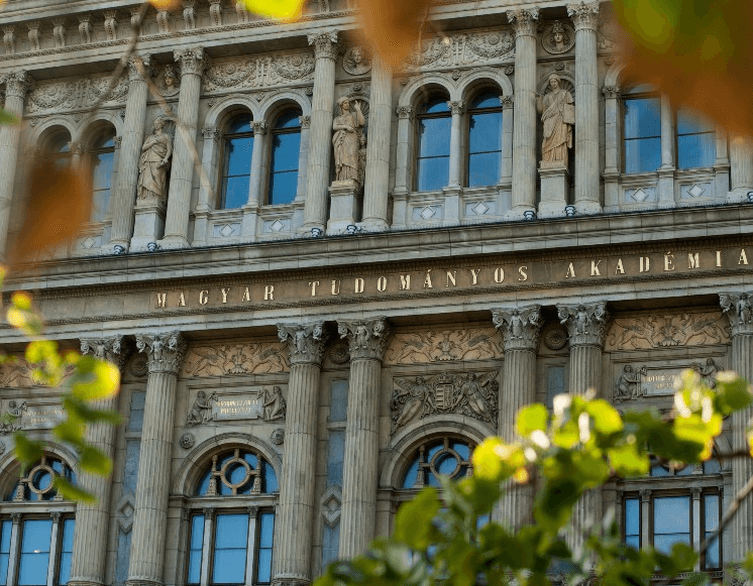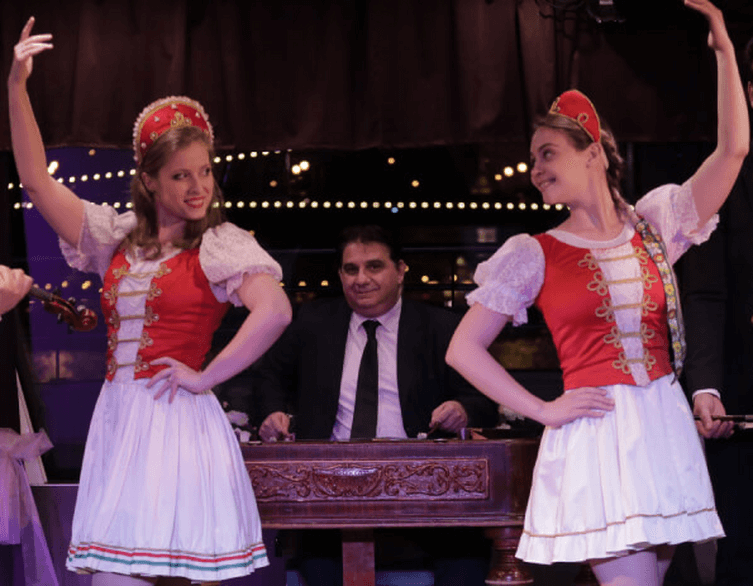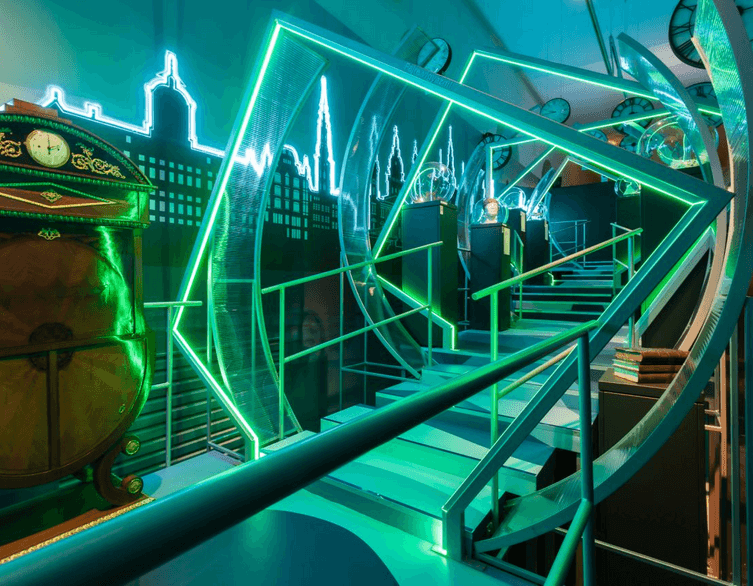Celebrating 200 Years of the Hungarian Academy of Sciences: A Milestone for Budapest and Beyond

In 2025, Budapest stands at the center of an extraordinary anniversary: the bicentenary of the Hungarian Academy of Sciences (MTA). Established in 1825, the Academy has played a defining role in Hungary’s scientific, cultural, and national development. For foreign visitors, the Academy’s 200th anniversary offers a unique opportunity to explore not only the history of Hungarian science but also the vibrant present and future of the country’s intellectual life.
The Foundation of the Academy: An Act of Vision and Generosity
The Hungarian Academy of Sciences owes its existence to a remarkable gesture by Count István Széchenyi. In November 1825, at the Pozsony Diet, Széchenyi, a young and ambitious nobleman, pledged a full year’s income from his estates-an amount of 60,000 forints-to support the strengthening and cultivation of the Hungarian language and the advancement of national scholarship. His action inspired other delegates, leading to a wave of public donations that made the founding of the Academy possible. Unlike many European academies established by royal decree, the MTA was born from public will and national enthusiasm, making it a unique institution in the world of science.
Széchenyi’s motivations were complex, blending patriotic ambition with a personal story. His affection for Seilern Crescence, an Austrian countess, reportedly played a role in his decision, adding a romantic layer to the Academy’s origin. Regardless of the motives, this act set in motion a legacy that would shape Hungary’s scientific and cultural landscape for generations.
The Academy’s Mission and Enduring Role
Since its foundation, the Hungarian Academy of Sciences has served as the focal point of Hungarian scientific life. Its mission is broad and ambitious: to unify the scientific community, preserve the Hungarian language, nurture national identity, and represent the nation’s scientific interests both at home and abroad. The Academy is committed to making knowledge accessible to all, providing reliable guidance in an age of information overload, and serving as a trusted advisor to the nation and its government.
Today, the Academy is a self-governing public body with nearly 19,000 members, encompassing all fields of science except theology. It supports research excellence, promotes international collaboration, and works to ensure the freedom and integrity of scientific inquiry. Its influence extends beyond Hungary’s borders, connecting Hungarian scientists worldwide and contributing to global scientific progress.
The Bicentenary Celebrations: A Year of Science and Culture
The 200th anniversary is being marked by an extensive series of events from May 2025 through December 2026. The celebrations began with an opening ceremony in early May, featuring a wreath-laying at the statue of Széchenyi and the unveiling of a new public artwork titled “The Boundless History.” This was followed by the opening of a major exhibition, “Magic Power: Knowledge. Community. Academy,” at the Hungarian National Museum. The exhibition, organized around the theme “The Knowledge of the Community – the Community of Knowledge,” explores the Academy’s history, its role in shaping national identity, and its impact on civic development. Among the more than 800 objects on display are Széchenyi’s original letter of donation and the Nobel Prize medal of Katalin Karikó, a testament to Hungary’s ongoing contributions to global science.
Throughout the anniversary period, the Academy is hosting a wide array of public events, including lectures, concerts, exhibitions, and scientific forums. In November 2025, a three-day celebration will commemorate Széchenyi’s original donation, with a memorial tablet unveiled in Bratislava and a series of high-profile conferences and concerts in Budapest. These events are designed to engage not only scientists but also the broader public, highlighting the Academy’s role in society and its commitment to fostering scientific literacy.
Best deals of Budapest
Engaging the Next Generation and the Public
A key focus of the bicentenary is inspiring young people and promoting science education. In September 2025, the Academy will launch a special academic competition for high school students, centered on the Hungarian Reform Era. This initiative aims to encourage critical thinking, academic curiosity, and debate skills among the next generation, ensuring that the Academy’s legacy continues into the future.
The Academy is also reaching out to the public through short films, interviews with leading scientists, and a dedicated bicentenary website. These resources showcase the achievements of Hungarian researchers and the importance of scientific discovery, making the world of science accessible and engaging for all visitors.
The Academy’s Symbolic and Practical Importance
The Hungarian Academy of Sciences is more than a scientific institution; it is a symbol of national unity and progress. Its coat of arms, commissioned by Széchenyi in 1831, features symbols from Greek mythology and Hungarian history, reflecting the Academy’s mission to blend tradition and innovation. The Academy’s motto, “Borúra derű” (After the clouds, sunshine), speaks to its enduring optimism and resilience.
In his address at the bicentenary assembly, Hungarian President Tamas Sulyok emphasized the fundamental right of scientific freedom and called for national unity in support of scientific progress. The Academy’s president, Tamas Freund, highlighted the achievements of Hungarian scientists, including Nobel laureates, and reaffirmed the Academy’s commitment to serving society.
Why the Bicentenary Matters for Visitors
For foreign tourists, the 200th anniversary of the Hungarian Academy of Sciences offers a unique window into Hungary’s intellectual and cultural life. The Academy’s headquarters, located in a historic building on the banks of the Danube, is a landmark in its own right. The bicentenary exhibitions and events provide an opportunity to engage with the country’s scientific achievements, explore its cultural heritage, and experience the vibrant spirit of Budapest.
Whether attending a public lecture, exploring a museum exhibition, or simply walking past the Academy’s iconic building, visitors can witness firsthand the role that science and knowledge have played in shaping Hungary’s past, present, and future. The bicentenary is not just a celebration of an institution, but a celebration of the enduring power of knowledge to unite, inspire, and transform society.
Looking Ahead: Science and Society in the 21st Century
As the Academy marks its 200th year, it faces new challenges and opportunities. In an era of rapid technological change and global uncertainty, the Academy’s mission to promote scientific excellence, foster public understanding, and serve as a beacon of trust is more important than ever. The bicentenary celebrations invite everyone-locals and visitors alike-to reflect on the value of science and to participate in the ongoing story of discovery and innovation that defines Budapest and Hungary.
For those visiting Budapest in 2025 and 2026, the Hungarian Academy of Sciences offers a compelling destination at the intersection of history, culture, and science. It stands as a testament to the vision of its founders and the achievements of generations of Hungarian scholars, welcoming all who seek to learn, explore, and be inspired.
Related news
Related events




















